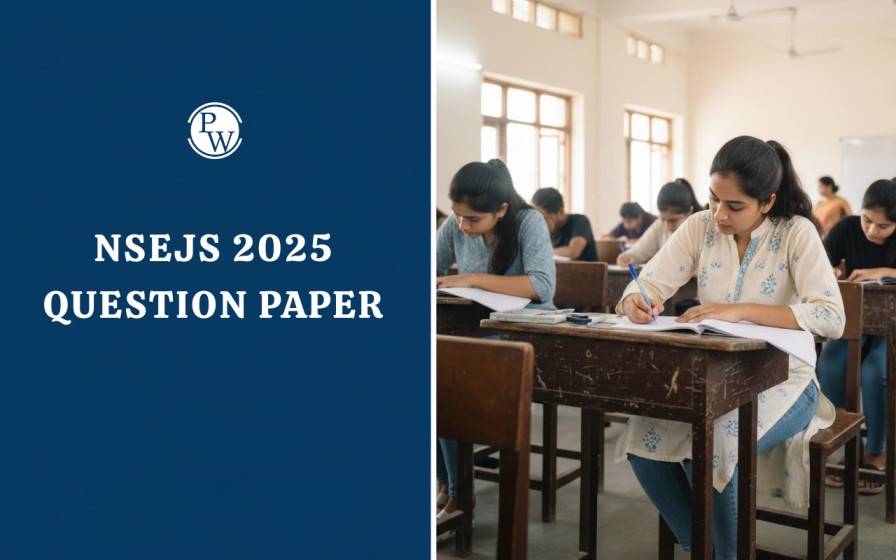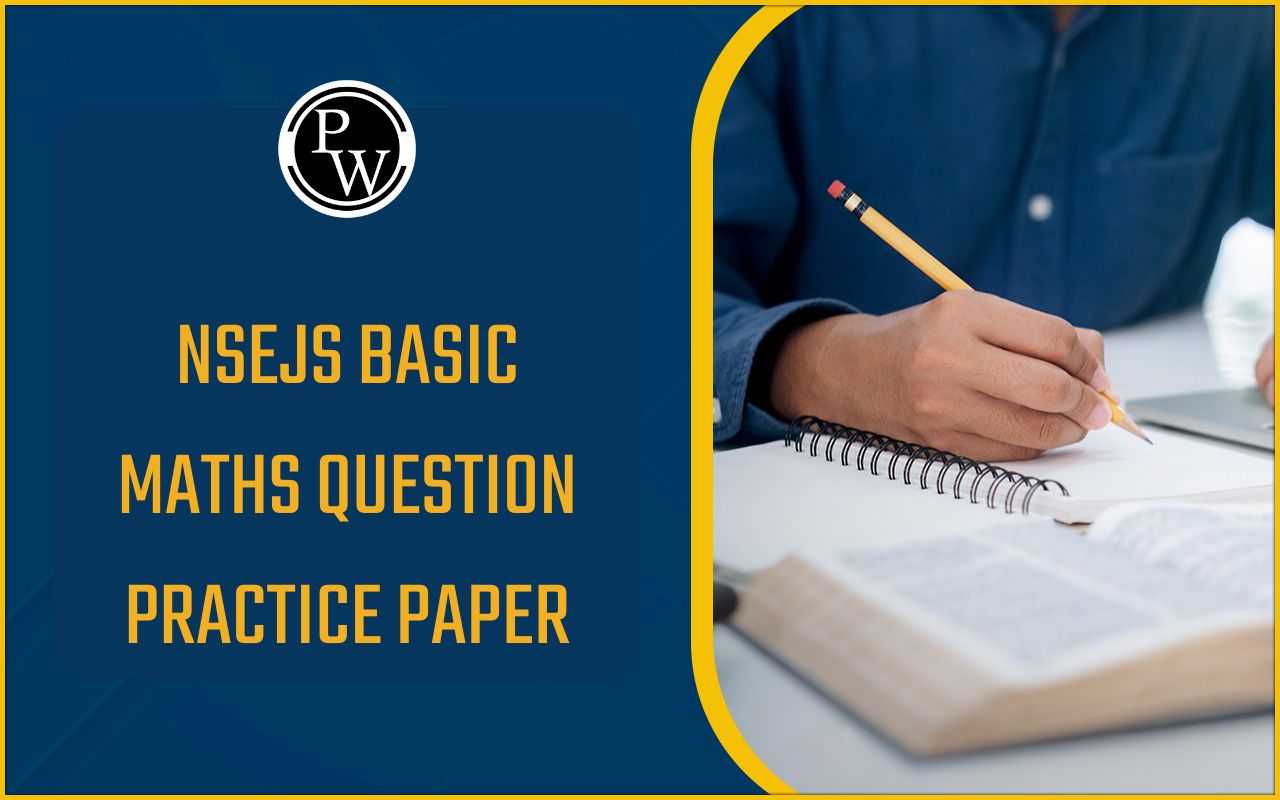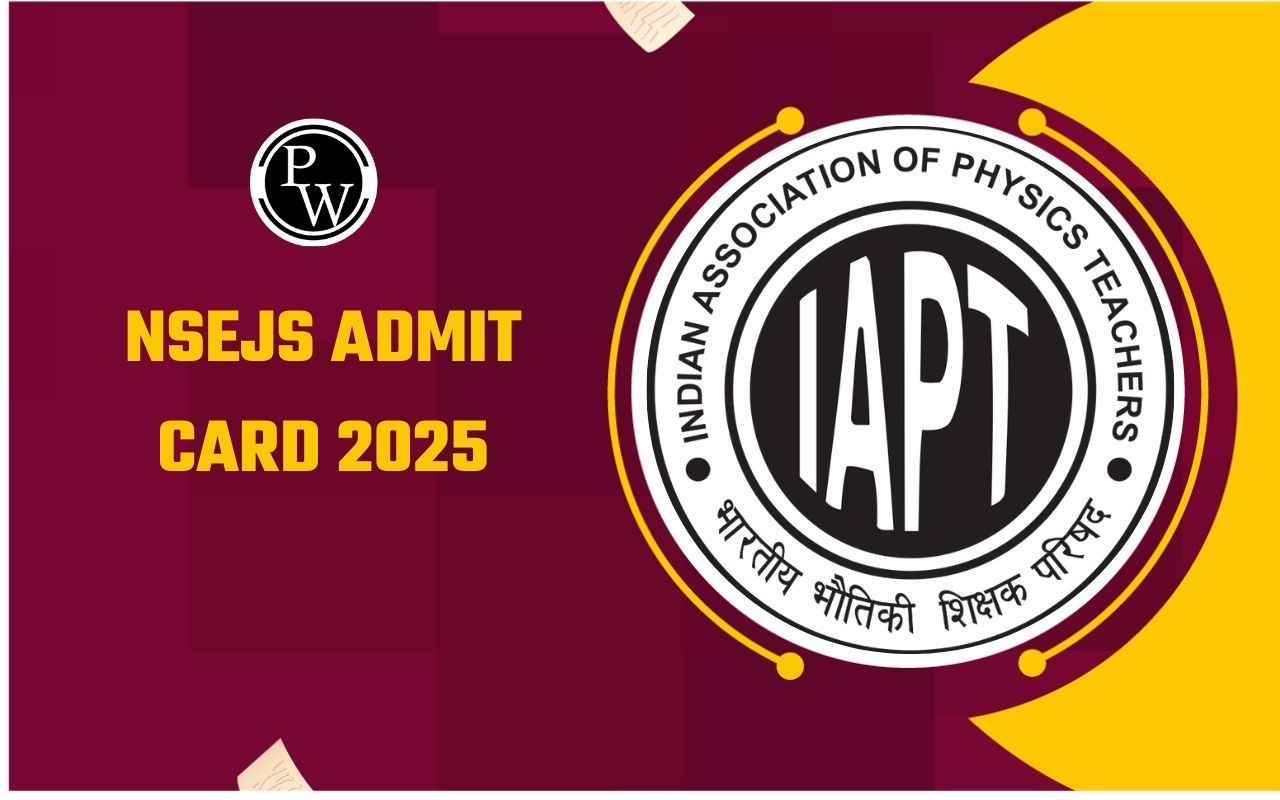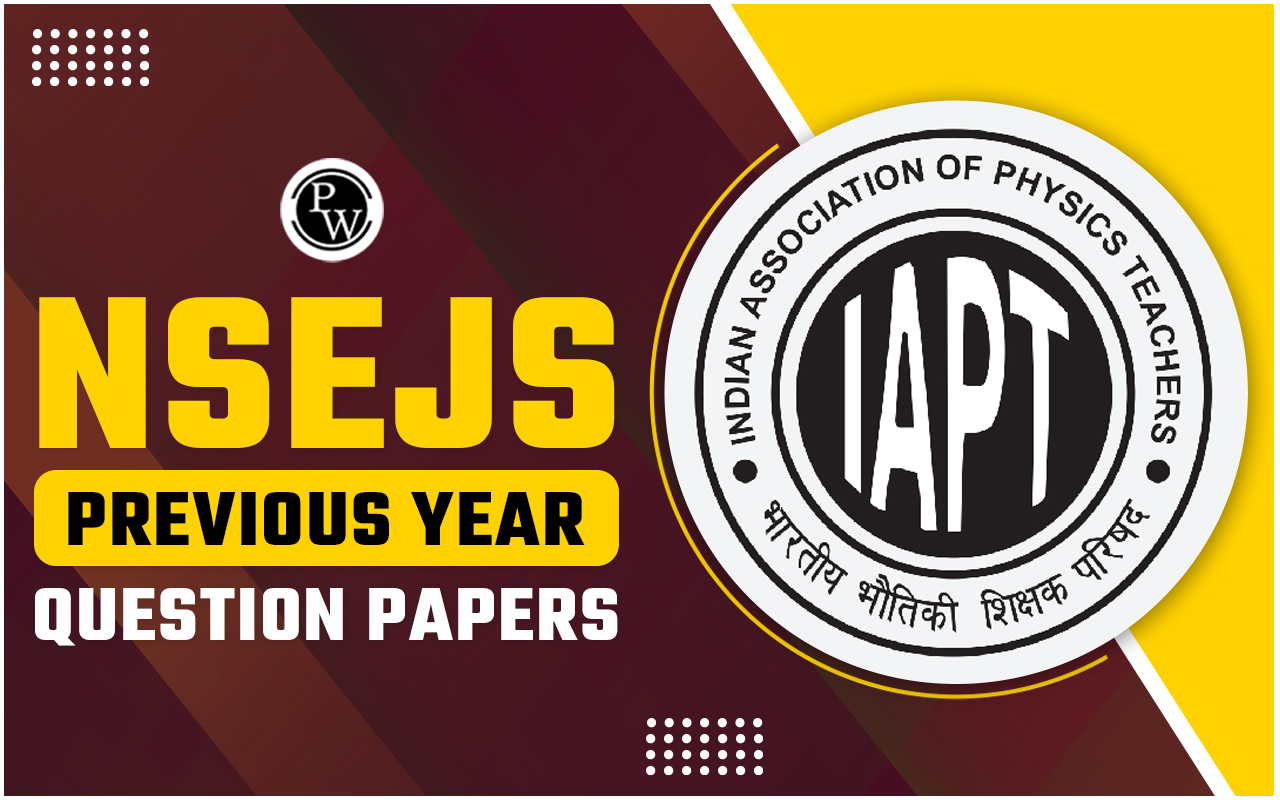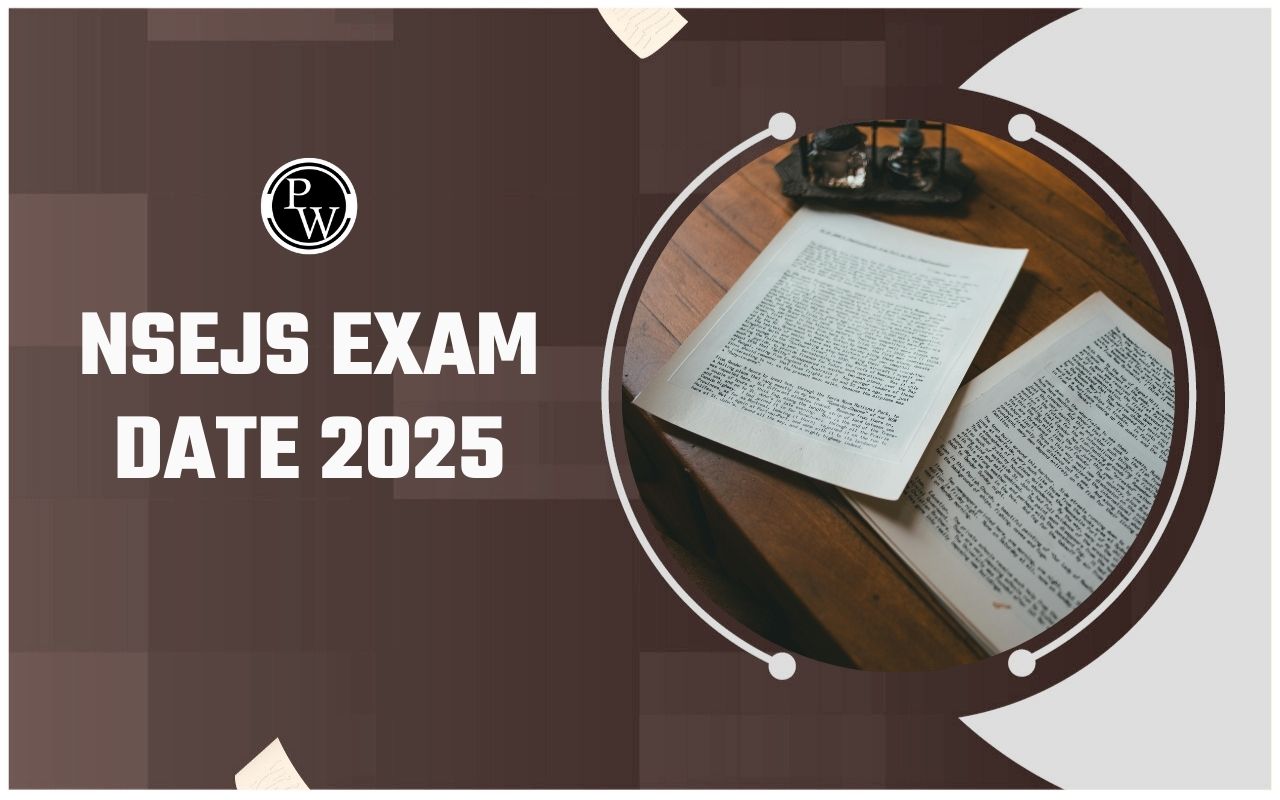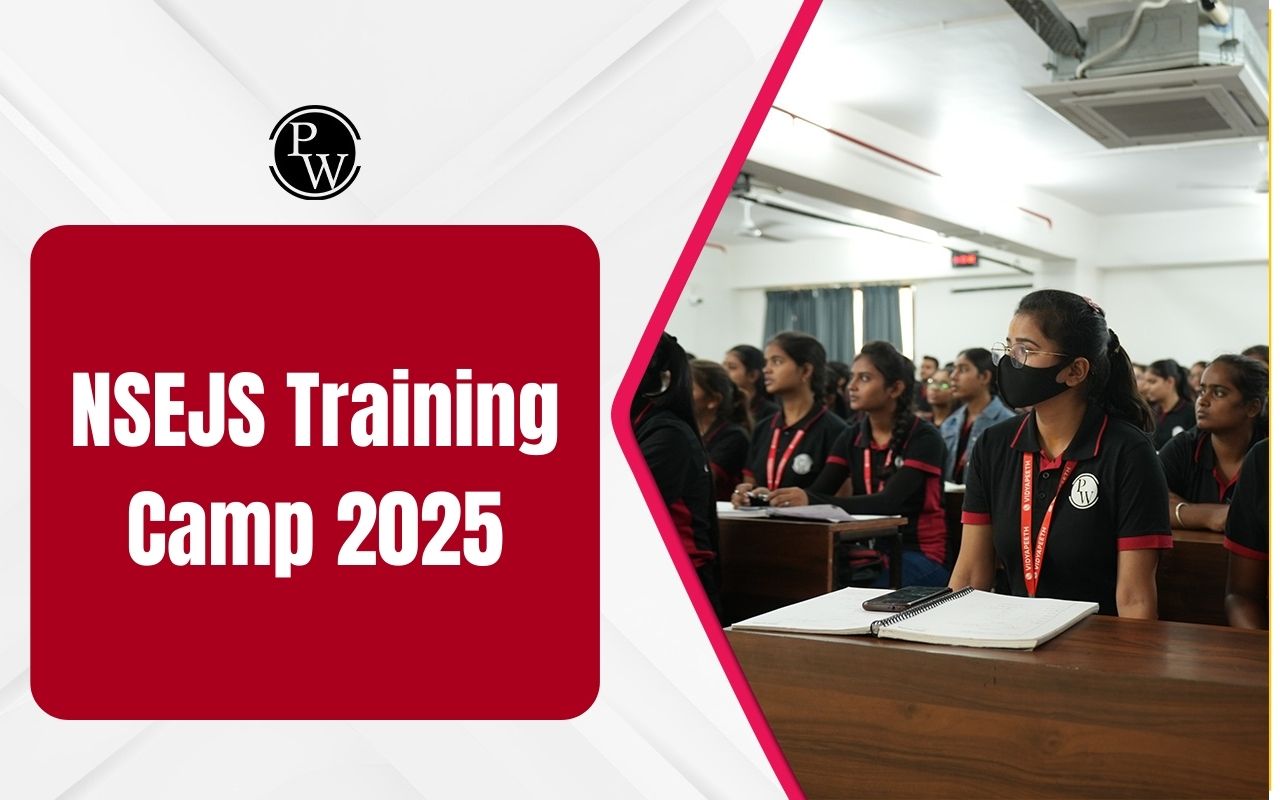
NSEJS Syllabus 2025: The National Standard Examination in Junior Science (NSEJS) is a national-level examination conducted by IAPT for students in secondary school to identify and nurture young scientific talent in India.
NSEJS Syllabus 2025 for candidates includes subjects from physics, chemistry, and biology. NSE Junior Science Syllabus 2025 contains subjects of CBSE Class 9 and 10 Science Syllabus.
Students must study chapters 9 and 10 of science courses (physics, chemistry, biology). The NSEJS exam consists of 60 multiple-choice questions. The National Standard Examination in Junior Science is to be held in 23rd November 2025. Read below to get NSEJS class 9 and class 10 syllabus.NSEJS Syllabus 2025
This NSEJS Syllabus covers the core subjects required for NSEJS 2025 and ensures a comprehensive understanding of various science concepts. Students should check carefully and ensure that they meet all the eligibility criteria before applying for NSEJS 2025. It is the first stage in the selection process for the Indian National Junior Science Olympiad (INJSO) This will help to avoid problems that may arise during the selection process. You will be guided through the NSEJS Exam Pattern, question types and effective strategies.| NSEJS Syllabus 2025 Overview | |
| Organization | IAPT (Indian Association of Physics Teachers) in collaboration with HBCSE (Homi Bhabha Centre for Science Education), |
| Exam Name | National Standard Examination in Junior Science (NSEJS 2025) |
| NSEJS 2025 Exam Date | 23rd November 2025 |
| Mode of Exam | Pen and Paper Mode |
| Duration of NSEJS Exam | 2 Hours (120 Minutes) |
| Type of Questions | Multiple Choice Questions |
| Official Website | https://www.iapt.org.in/ |
NSEJS Syllabus
You can get the complete details of the NSEJS Syllabus from the below section.| NSEJS Syllabus | |
|---|---|
| Topics | Description |
|
Matter-Nature and Behaviour |
|
|
Chemical Substances - Nature and Behaviour |
|
|
Organization in the Living World |
|
|
Life Processes |
|
|
Motion, Force and Work |
|
|
Effects of Current |
|
|
Light |
|
|
Our Environment |
|
|
Natural Resources |
|
|
Food Production |
Plant and animal breeding and selection for quality improvement and management, use of fertilizers and manures; protection from pests and diseases, organic farming. |
NSEJS Exam Pattern 2025
The NSEJS Exam typically consists of multiple-choice questions. Here is a detailed look at the National Standard Examination In Junior Scientific Exam Pattern 2025:- Maximum Questions- There will be a total of 60 questions in the test.
- Maximum Marks- The question paper will be a total of 216 marks.
- Type of Questions- There will only be multiple-choice or objective questions.
- Duration- The exam will last 2 hours.
- Medium- The question paper will only be offered in English, Hindi and Gujarati medium only (Option during registration).
NSEJS 2025 Preparation Tips
- Make a study plan – Students are strongly encouraged to make a study plan so that they can complete the entire NSEJS 2025 syllabus for class 9 and 10 not more than one month before the date of the test. As a result, students will have time to go through the NSEJS Syllabus 2025 PDF.
- Use correct NSEJS 2025 books as a guide: NCERT books are the best. Students should only use NCERT books to complete the entire syllabus of NSEJS 2025 as these books contain all the information required to crack the exam.
- Make a note and revise NSEJS syllabus- Once all the subjects are done properly, NSEJS Syllabus 2025 should be revised. Students tend to easily overlook important concepts. However, updating them will help them remember all the important information for a long time.
- Solve Previous Year Papers – IAPT leaves no stone unturned to help students prepare for the exam and one of the best is to provide NSEJS question papers and answer keys. To estimate the difficulty level of the exam, students can download NSEJS question papers from the official IAPT website and practice. Students who complete these assignments will be familiar with the NSEJS Syllabus 2025.
Also Read: How to Prepare for NSEJS?
| NSEC Syllabus 2025 | NSEA Syllabus 2025 |
| NSEB Syllabus 2025 | NSEJS Syllabus 2025 |
NSEJS Syllabus 2025 FAQs
Q1. Where can I get the NSEJS Syllabus 2025?
Q2. What is the mode and duration of NSEJS Exam 2025?
Q3. What is the difficulty level of NSEJS 2025?
Q4. Is there any negative marking in NSEJS?
Q5. What is NSEJS Examination?

